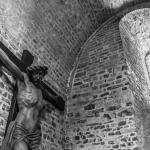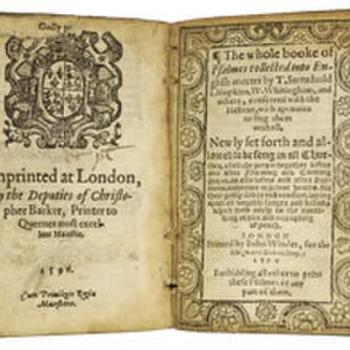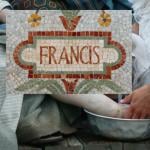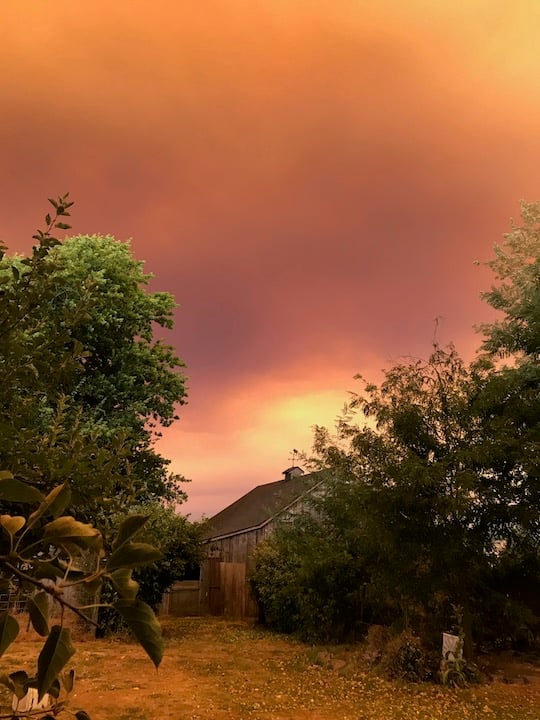
Last Sunday marked the anniversary of my ordination to the Episcopal diaconate in a pandemic, amid a day red with wildfires. It was a surreal time. The tiny, physically-distanced service became tinier as relatives and friends cancelled travels due to smoke. But my husband and sister did readings, my godchild came, along with clergy friends, and my daughter played beautiful music on my computer. Special, it was, despite all.
In these years, diaconal ministry has looked different than I envisioned during formation/candidacy. I’m now a better preacher; I do a lot more theological writing; and I’m honing my Spanish. The small mostly-Spanish-speaking community where I serve has won my heart and perhaps I theirs. For those who don’t know what an “ordained deacon” is in the Episcopal church: deacons are clergy who do ministry outside the walls of the church, serving as a bridge of sorts, often multi-vocationally (“deacon” means “one who serves”). They are non-stipendiary by theological design, so nothing inhibits their role as truth-telling prophetic voices within the institution.
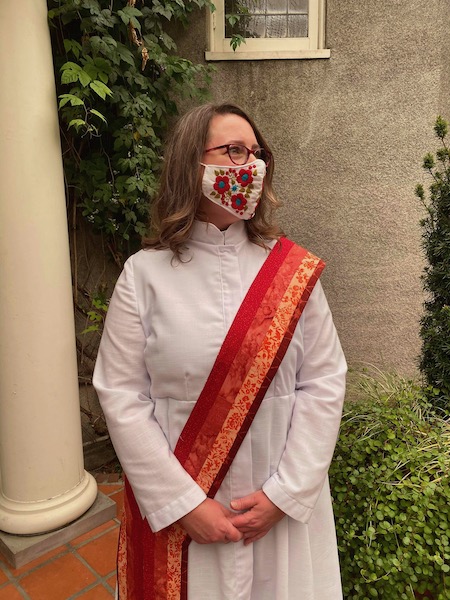
In addition to my work with the church, I’ve come to see my job as part of diaconal ministry—as I write/edit largely for the National Parks Service, on projects largely related to Native rights on public lands. Our bishop, Diana Akiyama, pointed out that my creative life is also diaconal ministry, as I add beauty to the world in myriad ways, with poetry, art, music, creative writing, gardens, even in spaces I share with others. This insight has been a gift.
In my view, we are all ministers —if we open ourselves to it. Whenever we use our gifts in the world for others, we do ministry. Most everyone I know well does this, and with intention. The main difference with clergy is a certain slate of education, along with gifts for leadership in church contexts. But clergy people are surrounded by others practicing ministry in countless ways both varied and adventurous.
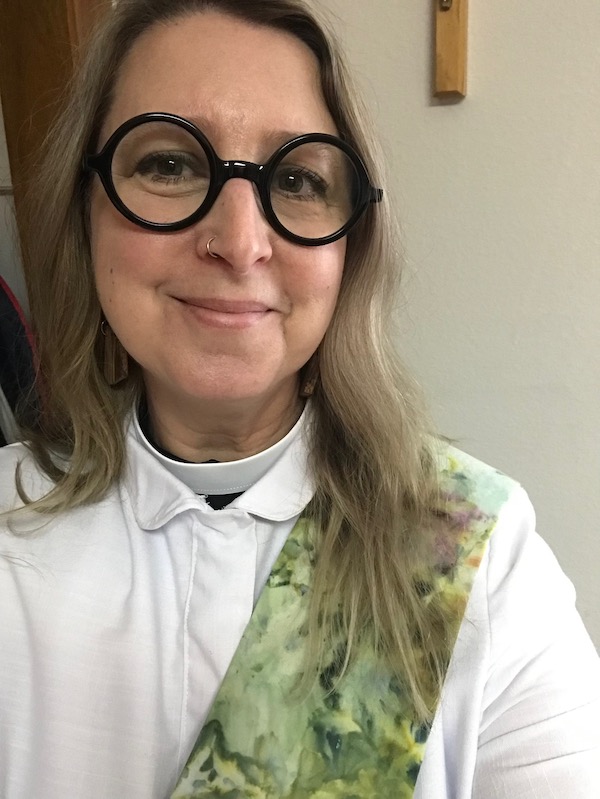
In the liturgical tradition, we mark seasons like Advent, Lent, and Easter. The long season between Pentecost and Advent is called Ordinary Time. It reminds me that the ordinary times of life are also sacred seasons, and important times when we prepare for the crescendos. These times are just as significant as the milestones—including in a life of ministry. Here’s to Ordinary Time, and all that it means.
In honor of the occasion, I share a video of me singing and playing guitar, something I’ve taken up again after a near decade-long hiatus. Nothing fancy: Just me, a lapel mike, and the cars driving past my house. An anniversary gift nonetheless. Amen.


